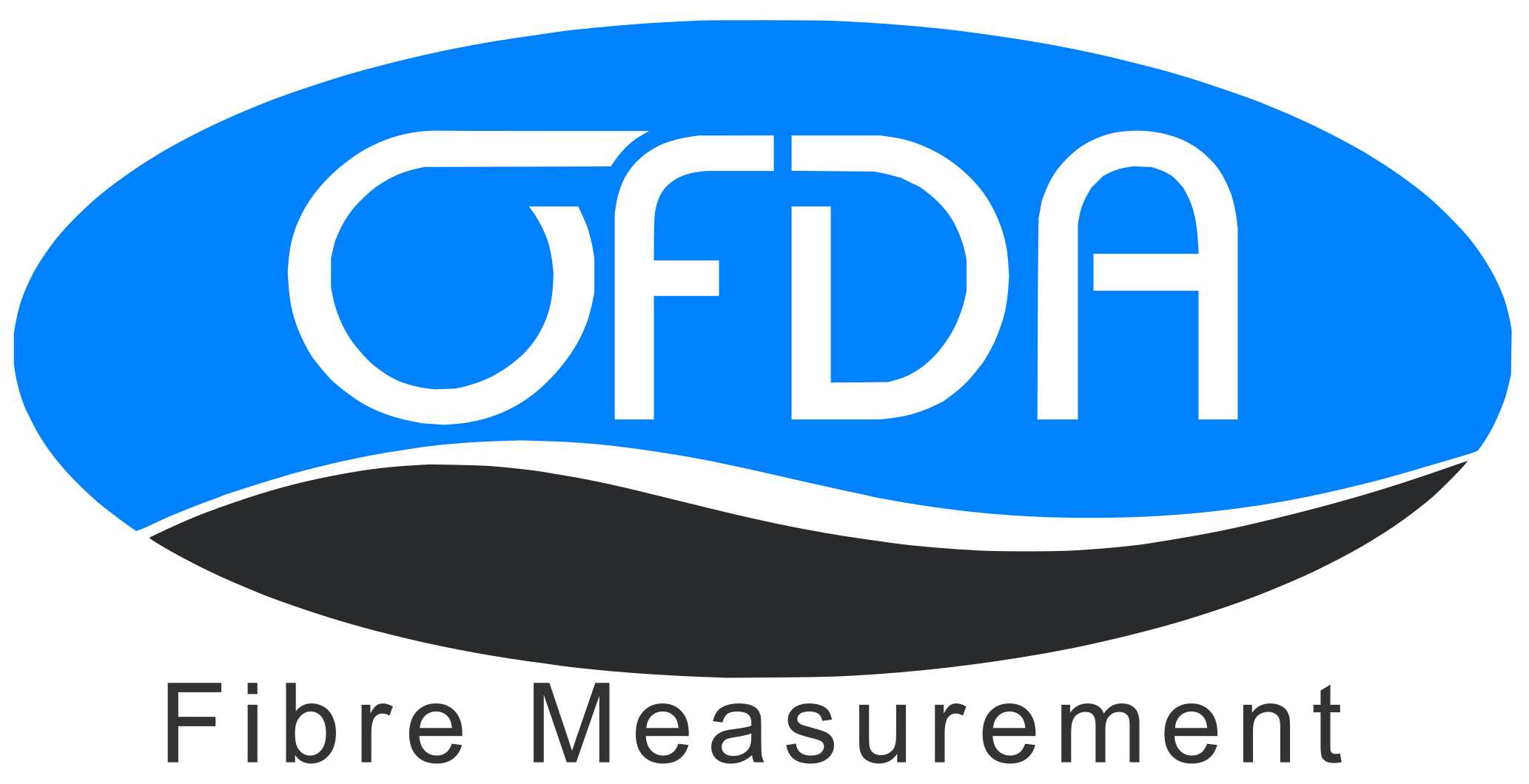What is Mohair? The Luxurious Fibre You Didn’t Know You Needed
- Thomas Hegerty
- May 30
- 3 min read
When it comes to premium textiles, few fibres exude as much elegance and sophistication as mohair. But what is mohair exactly, and why does it stand out in the world of fabrics? Whether you’re a textile enthusiast, fashion designer, or simply curious about high-quality materials, this guide will walk you through everything you need to know about mohair—from its origin and characteristics to its uses and benefits.
At Robotic Vision, we’re passionate about innovation in fibres and fabrics, and we believe understanding materials like mohair is essential to making informed, sustainable choices in today’s textile landscape.
What is Mohair and Where Does it Come From?
Mohair is a luxurious, silky textile fibre made from the hair of the Angora goat. Not to be confused with angora wool (which comes from angora rabbits), mohair is known for its sheen, softness, and excellent insulating properties.
The fibre is predominantly produced in countries with climates suitable for Angora goats, such as South Africa, the United States, and Turkey. South Africa is currently the leading global producer, accounting for over half of the world's mohair supply.
How is Mohair Produced?
Understanding what mohair is also involves appreciating the intricate process behind its production.
Shearing: Angora goats are typically sheared twice a year, producing between 2.5 to 5 kilograms of fibre annually. The process is humane and essential for the animal’s wellbeing.
Sorting and Cleaning: After shearing, the fibres are sorted based on length and quality. They are then washed to remove lanolin (natural oils), dirt, and vegetable matter.
Spinning and Weaving: Once cleaned, the mohair fibres are spun into yarns and woven or knitted into fabrics. The final texture and appearance depend on whether the mohair is blended with other fibres or used in its pure form.
Why is Mohair So Special?
Now that we’ve answered what is mohair, let’s explore why this fibre is so prized in the fashion and textile industries.
Natural Lustre
Mohair has a glossy, lustrous finish that gives fabrics a naturally shiny and elegant appearance—perfect for luxury garments and high-end upholstery.
Exceptional Durability
Despite its softness, mohair is incredibly strong and elastic. It resists wear and maintains its shape well, making it ideal for garments that need to endure frequent use.
Thermoregulation
Mohair is excellent at insulating. It keeps you warm in cold climates and cool in warmer temperatures, thanks to its breathable structure.
Hypoallergenic
Unlike wool, mohair contains very little lanolin, making it less likely to cause allergic reactions or skin irritations.
Sustainable and Biodegradable
As a natural animal fibre, mohair is both renewable and biodegradable, offering a sustainable alternative to synthetic materials.
Common Uses of Mohair in Modern Textiles
Fashion and Apparel
Mohair is frequently used in high-fashion garments such as:
Sweaters
Scarves
Coats
Suits
Its elegant drape and sheen make it a favourite among luxury fashion designers.
Home Textiles
Due to its durability and texture, mohair is also used in:
Upholstery fabrics
Blankets
Curtains
Throw pillows
Industrial Applications
Interestingly, mohair can also be used in technical textiles, especially in industries that require strong yet lightweight materials. Its blendability and strength make it a candidate for niche performance fabrics.
Types of Mohairt
If you’re diving deeper into what is mohair, it helps to know there are different grades of mohair based on the age of the goat.
Kid Mohair
Comes from young goats.
Finer, softer, and more lustrous.
Used in luxury garments and delicate textiles.
Adult Mohair
Comes from mature goats.
Coarser but more durable.
Ideal for upholstery and outerwear.
Is Mohair Ethical?
Sustainability and animal welfare are increasingly important in the fashion and textile industries. So, you might wonder: is mohair an ethical fibre?
The answer largely depends on farming practices. Many mohair producers adhere to ethical and humane treatment standards, including:
Regular inspections
Safe, humane shearing practices
No use of mulesing (which is common in some wool industries)
Consumers and companies are increasingly demanding traceability and certifications, ensuring that mohair products align with ethical values. Look for certification schemes like the Responsible Mohair Standard (RMS) when sourcing.
Why Understanding "What is Mohair" Matters
Understanding what is mohair isn't just about knowing the definition—it's about appreciating a natural, sustainable, and luxurious fibre that has stood the test of time. With its unmatched softness, shine, and strength, mohair continues to be a favourite among those who value quality and elegance.
Ready to Work With High-Performance Natural Fibres?
If you're in the business of textile innovation or simply want to know more about how fibres like mohair are shaping the future of fashion and materials science, get in touch with Robotic Vision today.
We’re here to support your journey towards sustainability, innovation, and premium-quality textiles.





Comments